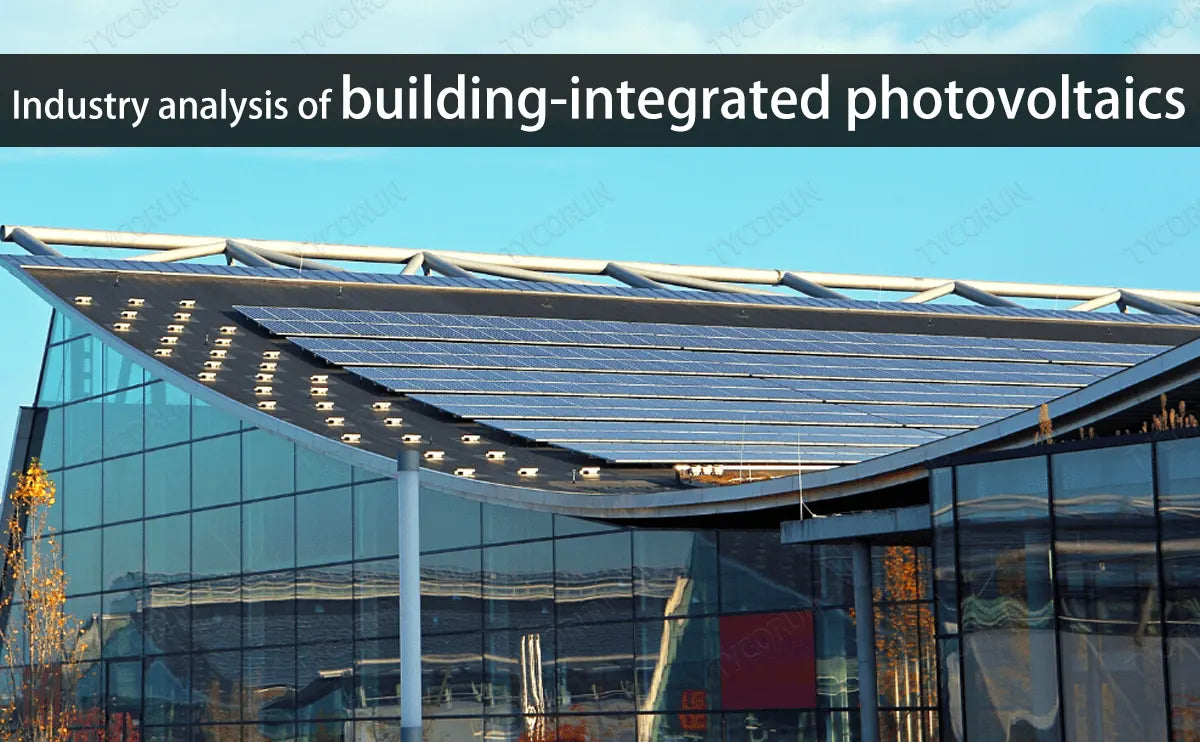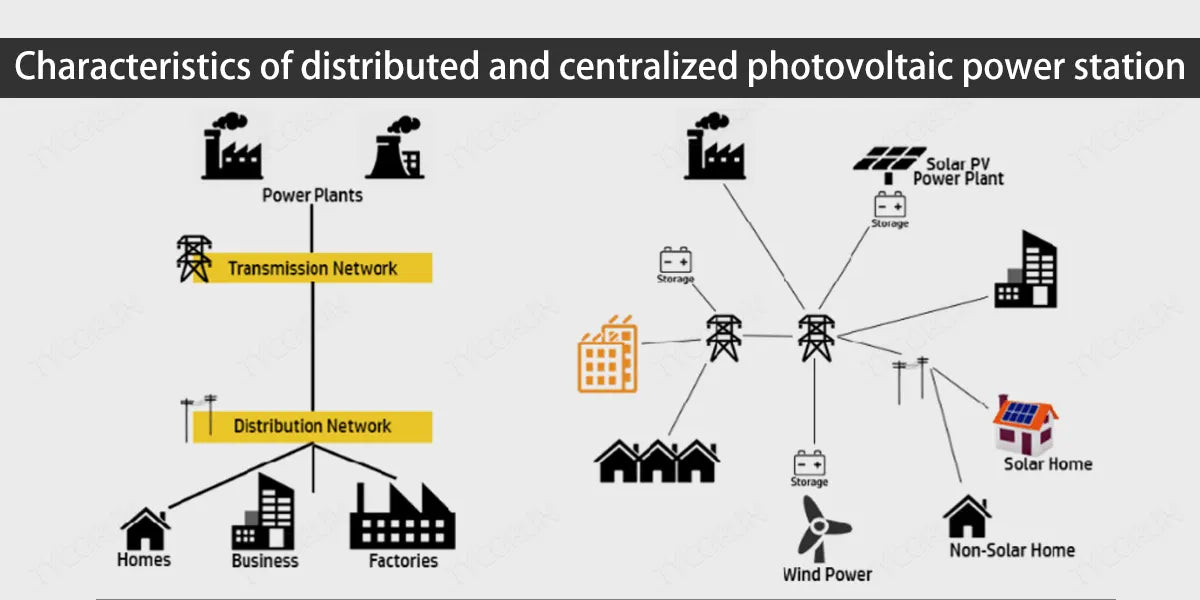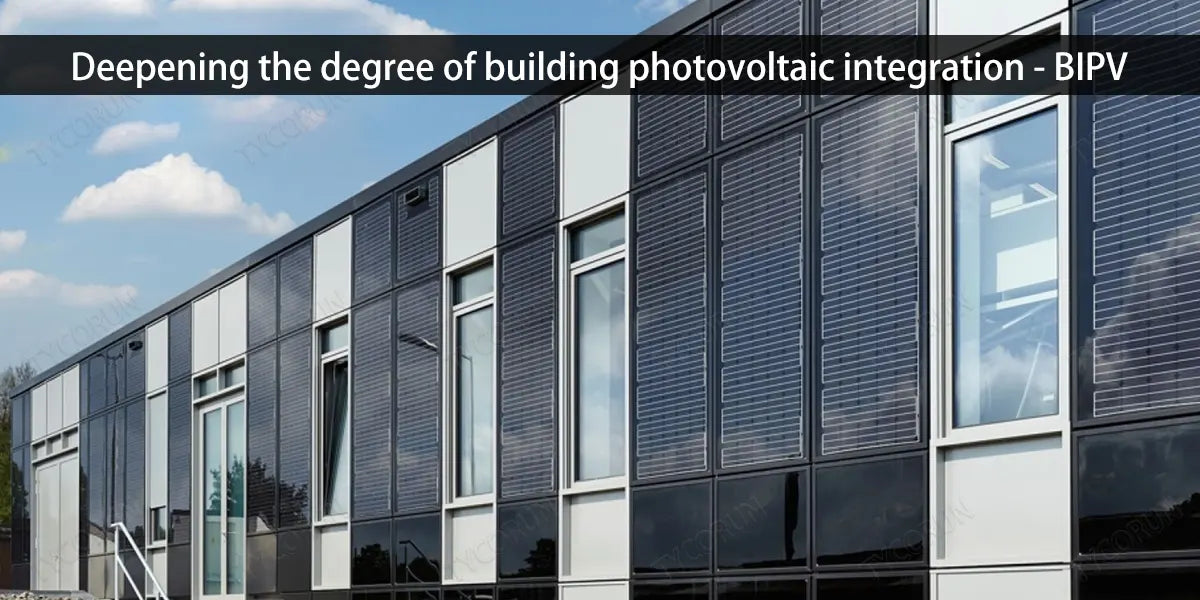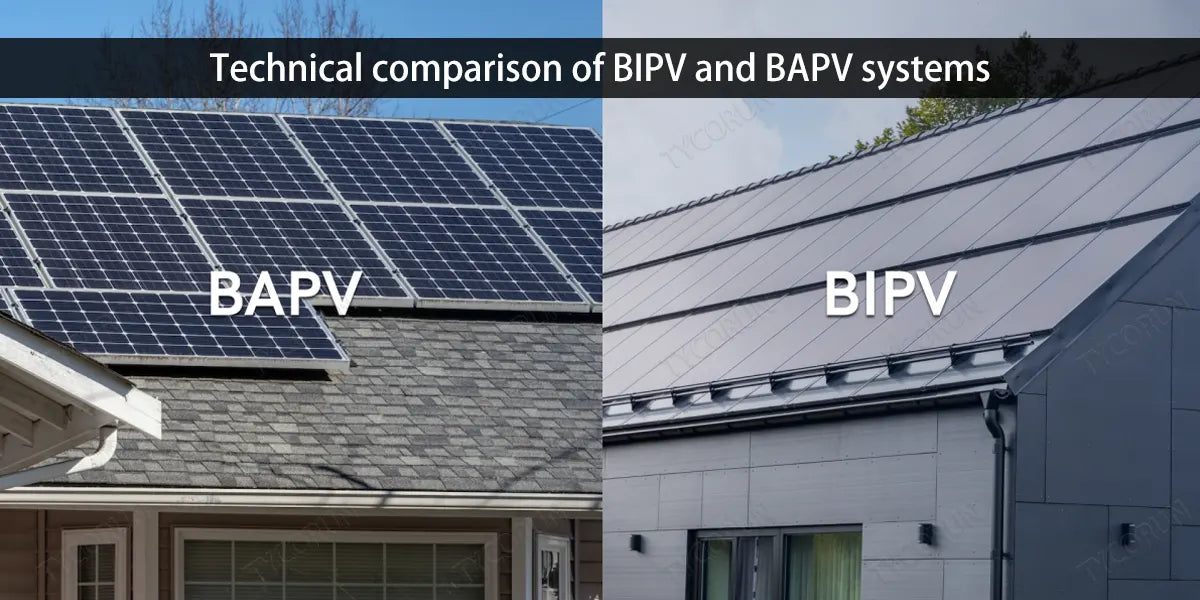
Main content:
A photovoltaic power generation system that is connected to and delivers electricity to the grid. According to the different grid-connected modes, it can be divided into distributed photovoltaic power generation and centralized power stations.
Among them, the distributed power station is mainly based on the surface of the building, solves the user's electricity problem nearby, and realizes the compensation and delivery of the difference in power supply through grid connection.
The centralized power station makes full use of the abundant and relatively stable solar energy resources in desert areas to build a large-scale photovoltaic power station, which is connected to the high-voltage transmission system to supply long-distance loads.
1. Characteristics of distributed and centralized photovoltaic power station
Distributed power stations follow the principle of near power generation, grid connection, conversion, and use. Distributed photovoltaic power generation systems have a wide range of applications and can be built near rural, pastoral, mountainous areas, large, medium and small cities or commercial areas in development to meet the electricity needs of local users.
Consequently, compared to centralized power stations, it is boosted by central and local policies. The applicable occasions for distributed pv systems can be divided into three categories:
- All kinds of buildings, public buildings.
- Remote agricultural and pastoral areas, islands and other areas with little or no electricity.
- Construction of facilities with usable areas such as barren hills and slopes, agricultural greenhouses or fish ponds and poultry houses.

Among distributed photovoltaic systems integrated with buildings, they can be divided into BAPV, which is attached to buildings, and BIPV, which is integrated with buildings.
2. A simple combination of building and distributed PV - BAPV
BAPV is currently the most common photovoltaic application, most of which is the installation of steel structure brackets or slide rails on the roofs of buildings, and then the installation of photovoltaic panels on them to generate electricity. The construction difficulty in this mode is relatively simple, and the installation cost is also low.
Due to the simple structure of BAPV and the convenience of existing building renovations, it has achieved rapid development in the early stage of building photovoltaic development, but a series of problems have gradually been exposed in the process of its promotion:
- Roof load-bearing problems
Most of the original buildings were originally designed without considering the installation of photovoltaic module, so the loads of most of the buildings did not meet the requirements of secondary installation, and the original roof needed to be reinforced. There are even situations where it is difficult to reinforce some roofs, resulting in the inability to install photovoltaic modules.
The installation of photovoltaic modules on the existing roof has the possibility of destroying the waterproof layer of the original building, and the waterproof layer needs to be repaired after the construction is completed, so the related costs are increased, and the repaired waterproof layer still has certain hidden dangers.

BAPV has a low degree of integration with the building, and its auxiliary components are laid out. Facilities such as inverters (power inverter 3000w) and junction boxes are difficult to contain and organize, and most of them are exposed. It not only affects the overall appearance of the building, but also reduces the actual service life of BAPV.
3. Deepening the degree of building photovoltaic integration - BIPV
BIPV is a combination of building materials and photovoltaic devices, and photovoltaic devices are used to directly replace building materials.
As a part of the external structure of the building, the photovoltaic system has not only the function of power generation, but also the function of building components and building materials, which is the deep combination of photovoltaic and building. Compared to traditional BAPV, BIPV has certain advantages in terms of safety, convenience, decoration, and follow-up maintenance.
- In appearance
Traditional BAPV installs brackets and photovoltaic panels in the later stage of the roof, and the roof is messy and less integral. BIPV, on the other hand, does not affect the appearance of the building.
- Service life
The life span of BAPV is generally 20 to 25 years, while BIPV can reach a service life of 50 years or more.

- Design and construction
BAPV is relatively simple and has a short construction period, while BIPV requires an overall design, a large amount of work, and a relatively long construction period.
- Maintenance
The BAPV roof has been stepped on many times during construction and maintenance, and there are many hidden dangers of water leakage. It is difficult to maintain. The BIPV itself constitutes a roof, which is convenient for later maintenance.
4. Technical comparison of BIPV and BAPV systems
According to the application scenario, BIPV includes photovoltaic roofs, photovoltaic curtain walls, photovoltaic roofs, prefabricated photovoltaic walls and photovoltaic sunshades. Rooftop resources are the focus of the current BIPV field, and the market for industrial and commercial distributed rooftop photovoltaic is particularly huge.
Photovoltaic cells are the underlying core components of photovoltaic power generation systems, which are divided into two categories: crystalline silicon solar cells and thin-film solar cells according to the differences in materials used.
The former occupies the main market share, while the latter is expected to increase the penetration rate of photovoltaic building development. Photovoltaic cell modules for BIPV: The key components of the BIPV system are photovoltaic cells.
The principle of photovoltaic cell power generation is mainly to use the photoelectric effect of silicon to form hole electron pairs, and form an electric current under the action of an internal electric field.

Photovoltaic cells are the underlying core components of photovoltaic power generation systems, which can be divided into crystalline silicon cells (first generation) and thin film cells (second and third generation) according to different materials used.
The first generation crystalline silicon solar cell technology maintains the industry's mass production efficiency record and is the mainstream technology in the industry, but there is room for efficiency improvement and cost reduction.
The second generation inorganic thin film solar cell technology has a large theoretical efficiency and cost advantage, but mass production performance is restricted by factors such as low defect tolerance and limited material reserves.
The third generation perovskite solar cell technology is expected to make up for the large gap between mass production performance and theoretical advantages faced by the second generation, and is expected to achieve higher efficiency and lower cost than the first generation crystalline silicon solar cell technology at mass production level.
5. Conclusion
From the perspective of industrial chain integration logic, integration is expected to enhance the company's business development capabilities. Although photovoltaic module companies have the production capacity of standardized products, in the process of combining with buildings, BIPV emphasizes the integration of systems.
Not only photovoltaic modules, but also microinverters like 500w inverter, brackets and other things. Photovoltaic enterprises and building materials enterprises can form cooperation in materials, structures and engineering, which realizes the integration of the upstream and downstream of the industrial chain and improves the ability of business development.
Related articles: distributed power supply, Flexible solar panels, Top 5 home energy storage companies















